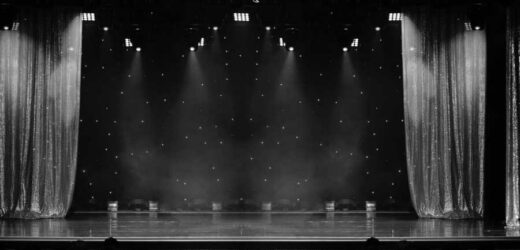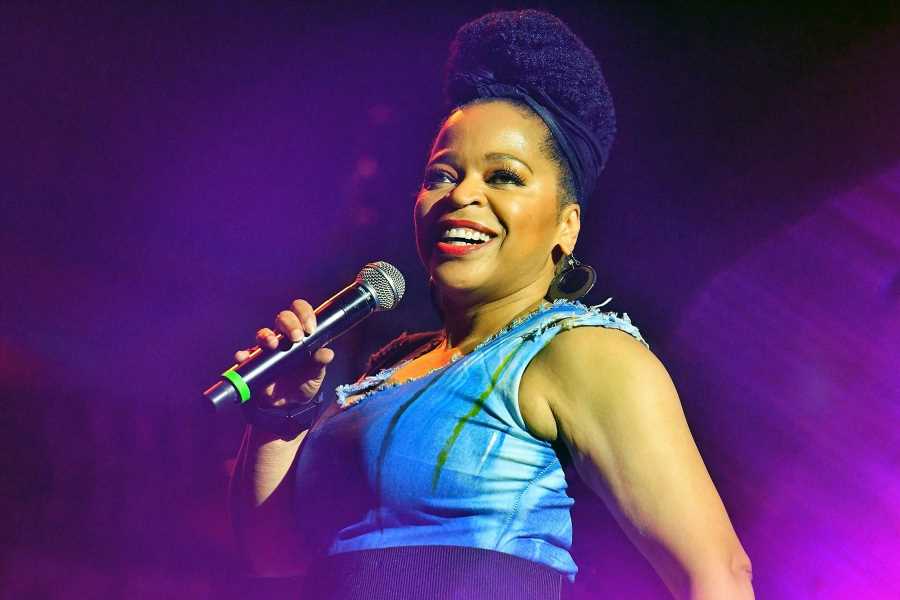Opinions expressed are solely those of the author and do not reflect the views of Rolling Stone editors or publishers.
Theater at its core is storytelling, but the theater world has wrestled for decades with the integration of technology with these stories. Famous Broadway producer and director George Abbott was born in 1887 and lived to be 107. It’s often purported that when asked what was the most exciting change he witnessed in theater, he answered, “electricity.” Broadway has come a long way from candles and gas lanterns, but lighting, microphones, computerized scenic design and even online ticketing received pushback when first introduced to the theater industry.
Filmed and digitized theater, known as digital or live capture, has long seen resistance or fallen between the cracks because it is difficult to monetize and even harder to classify. These digital captures are expensive, invasive and have been perceived to damage the box office. Producers are unclear if these videos should be included in the capitalization of the stage show or attributed to the marketing budget as a long-term asset.
If you bring cameras into the theater, is it “theater,” “TV,” a “movie,” all or none of the above? Broadway is entirely unionized and in digitizing theatrical productions, the unions have argued over jurisdiction between pay scales of the theater and television unions. The result has been that few digital captures are done, and an additive touchpoint and revenue source for shows has gone untapped by the Broadway industry.
For many years, the Emmy Awards rewarded filmed live theater in the categories called “Outstanding Special Class Program and Outstanding Variety,” and/or “Music or Comedy Special.” These are long, wordy descriptions for show categories that were so infrequent that things as diverse as The Academy Awards show were pitted against solo comedy shows, filmed performances of philharmonic orchestras or digital captures of Broadway shows on PBS. Without enough filmed theater entries, the categories were eliminated or collapsed to make way for the proliferation of nonscripted and reality shows.
The pandemic shut down the live entertainment industry but theatermakers were more creative than ever. They created community and new ways to survive on the internet, monetizing streamed performances, creating awareness for theaters and individual shows, and shedding new light on digital captures.
The People’s Choice Awards, Webby Awards, Drama League, AFI and others recognized the efforts of Hamilton and other digital captures created or prematurely released during the pandemic. Hamilton on Disney+, a piece of virtual theater or digital capture, was recognized by The 2021 Golden Globes. The Golden Globes, like most award shows this past year, was a virtual presentation of remote acceptance speeches. And although Hamilton lost in the Best Picture — Musical/Comedy category to Borat Subsequent Moviefilm, it helped bring much-needed attention to the digital capture of live entertainment, a genre that frequently gets lost in this digital wilderness of entertainment.
The Rolling Stone Culture Council is an invitation-only community for Influencers, Innovators and Creatives. Do I qualify?
These organizations have as yet to determine if these digital award categories will be recognized in the future or if this was a one-time-only tribute. Not recognizing artists’ efforts until they make money is an unfortunate and long-standing part of show business. Music genres — rock, disco, rap, you name it — had to move into the pop culture arena to become legitimized. In other words, popular enough to be accepted and supported by large groups of consumers.
As digital captures become incorporated into the standard operating procedures of Broadway shows, they are more likely to keep these awards and add additional categories. The upcoming digital captures of Diana: The Musical and Come From Away will be closely watched for their digital-to-Broadway stage box office correlation as well as reviews of the digital and award eligibility.
Recently, the American Theatre Wing and The Broadway League announced special Tony Awards for American Utopia, a Broadway show with a digital capture, and Freestyle Love Supreme, an improvised Broadway show with a capture of the performances over several years. This shows the industry is inching closer to a category recognizing and validating digital captures’ place within the Broadway ecosystem.
The announcement of more network broadcast shows by Robert Greenblatt and Neil Meron, the two most prolific producers of live broadcast musicals, although not digital captures from the Broadway stage, will add interest in the stage to screen genre and secure award shows’ attention. Greenblatt has been known to rely heavily on Broadway talent instead of Hollywood, adding to the Broadway feel.
Digital capture can create a stand-alone piece of entertainment, as well as a consumer-facing marketing asset, that can provide a long, slow revenue stream in the same way a cast recording does for a musical. Broadway cast audio recordings date back to 1943 with the Oklahoma! original Broadway cast album (a.k.a. OBCR); the recording is 78 years old but still generates interest and revenue for the show’s brand. Incorporating digital capture expenses into marketing budgets gives the stage producers control over the timing of the releases and coordinate them to the life of the Broadway stage shows and tours if needed.
When the stage producers own the capture and its copyright, it allows the digital capture to be used as a consumer-facing marketing asset like a long-form commercial for the brand. Viewing of the full-length show allows the consumer to experience a version of the show for a much lower price point, eliminating risk and funneling sales to the box office for the live stage show.
Digital theater is making its move toward legitimacy. Disney+ paid a reported $75 million for Hamilton streaming rights, and Netflix paid $20 million for Springsteen on Broadway; these price tags command attention and others will follow. There are still hurdles to clear before digital captures of Broadway shows become mainstream, but recognizing them with awards and nominations helps legitimize this hybrid art form. Virtual theater is gaining acceptance, winning virtual awards and should be seeing real value in the future.
Source: Read Full Article

